Beyond The Kicks: The Essential Tech Gear I Use As A Solo Content Creator In 2025
In the first article of this Content Creation series, I discussed the essential software tools I use as a solo-content creator. For this article, I’m breaking down the gear I use to shoot, record, and light content across platforms—from sneaker unboxings and product reviews to blog photography and upcoming video work. This isn’t a high-budget studio setup—it’s a thoughtful mix of affordable tools that help me stay consistent, creative, and mobile.
Each item in my gear bag has a purpose, whether I’m filming at home or capturing shots on the go. Below is a look at how I use each tool—and why it works for me.
Tech Gear That Enhances My Workflow & Creative Output
1. 2020 M1 MacBook Air
This laptop is the core of my creative process. From editing videos to writing blog posts and managing The Retro Insider website, the M1 MacBook Air handles it all. Despite being a few years old, it still runs smooth thanks to the M1 chip, and it’s powerful enough to handle video editing and multitasking without slowing down. Plus, its lightweight design makes it perfect for working on the move.
Pros:
Fast performance with M1 chip
Lightweight and silent design
Great battery life and reliability
Cons:
Only two USB-C ports
Limited storage on base model
No fan means performance may throttle under extended load
2. iPhone 13 Mini
I use this compact device to film unboxings, capture B-roll, and shoot product photography. Its size makes it easy to maneuver and mount, while still offering solid video quality—especially in well-lit settings. It’s also my go-to for quick, on-the-go social content.
Pros:
Excellent video quality in a small form
Always with me, so it's super convenient
Great for handheld or mounted shooting
Cons:
Smaller screen for editing and framing
Battery drains quickly during extended shooting
Missing advanced features from the Pro models
3. DJI Osmo Mobile 7p
This is the newest addition to my setup, and I’m looking forward to using it for talking-head videos and future vlogging content. It offers smooth stabilization and folds up neatly for portability. It pairs well with my DJI Mic Mini, making it a clean, mobile-ready setup for shooting on the go or in controlled indoor setups.
Pros:
Gimbal stabilization for smooth footage
Compact and travel-friendly
Integrates easily with DJI Mic Mini
Cons:
Requires setup and calibration time
Balancing can be tricky with phone cases
Firmware updates can be frequent
Important Note: For those with older iPhones (iPhone 14 or older), you’ll need a USB-C to Lighting adapter like this one to connect to the OSMO’s tracking/audio module to your phone. Don’t go for the cheaper adapters because they most likely can only be used for charging and not handle audio signals.
4. DJI Mic Mini Transmitter
Clear audio can make or break a video, and this wireless mic system delivers clean sound wherever I’m recording. I use it with my iPhone or paired directly to the DJI Osmo Mobile 7p. It’s compact, charges quickly, and helps me get professional-level audio without a complicated setup.
Pros:
Crisp wireless audio
Seamlessly pairs with phone and gimbal
Compact and travel-ready
Cons:
Higher cost than wired options
May require mic placement adjustment
Occasional signal drops in crowded areas
Bonus Accessory: To make the most of this mic in handheld situations, I use the QJYTH Mic Holder Adapter—a lightweight handle grip that’s compatible with the DJI Mic 1/2, Mini, and even Rode Wireless GO systems. It’s perfect when I want to use the transmitter like a traditional handheld mic for quick interviews or street-style content.
5. Rode VideoMic Me-L
When I’m not using the Osmo Mobile setup, the Rode VideoMic Me-L is my go-to for recording high-quality audio directly from my iPhone. It plugs right into the Lightning port and delivers a noticeable upgrade over the built-in mic—especially for voiceovers and stationary shots. It's simple, compact, and a great backup when I want to stay lightweight but still sound clear.
Pros:
Plug-and-play design with no batteries
Clear directional audio
Compact and travel-friendly
Cons:
Only compatible with Lightning devices
No wireless freedom
Mic placement depends on phone orientation
6. NEEWER LITETRIP LT07 Tripod
This is my everyday tripod—light enough to travel with, but sturdy enough to hold my phone or compact camera. I use it for static shots, product videos, and overhead views. Setup is quick and simple, which is key when I’m moving between locations or switching shot types.
Pros:
Lightweight and portable
Easy to adjust for height and angle
Compatible with phones and light cameras
Cons:
Not strong enough for heavy rigs
Basic features and limited pan/tilt
Build may wear with frequent use
7. MOUNTDOG Softbox Lighting Kit
For my indoor filming sessions, this kit provides the consistent, diffused lighting I need to create a clean, professional look. I use it for talking-head videos and unboxings where even lighting makes a difference. It’s not super portable, but it’s solid for a fixed home setup.
Pros:
Soft, even light that looks great on camera
Adjustable height and angle
Budget-friendly for beginners
Cons:
Bulky and not ideal for really small spaces
Fragile bulbs that aren’t the brightest
Setup and teardown take time
8. ULANZI VL119 Light Wand
Lighting can make a huge difference, especially in video. I use this handheld light wand to add creative lighting to the background of my setup, whether I want to introduce color or a little more dimension to a scene. It’s slim, portable, and easy to reposition as needed.
Pros:
Great for background accent lighting
Rechargeable and lightweight
Adjustable brightness and color temp
Cons:
Not powerful enough to be a key light
Requires experimenting for best effect
Plastic body isn’t heavy-duty
9. VISII G2 Pocket RGB Light
This pocket-sized RGB light helps set the mood for more stylized shots. I use it to add subtle color effects in reviews and photos, especially when I want to create a layered, cinematic feel. It’s fully adjustable and complements the ULANZI VL119 Light wand well.
Pros:
Compact with full RGB control
Adds color and style to your shots
Long battery life for its size
Cons:
Limited light spread
Needs a mini stand or mount
Digital controls take some getting used to
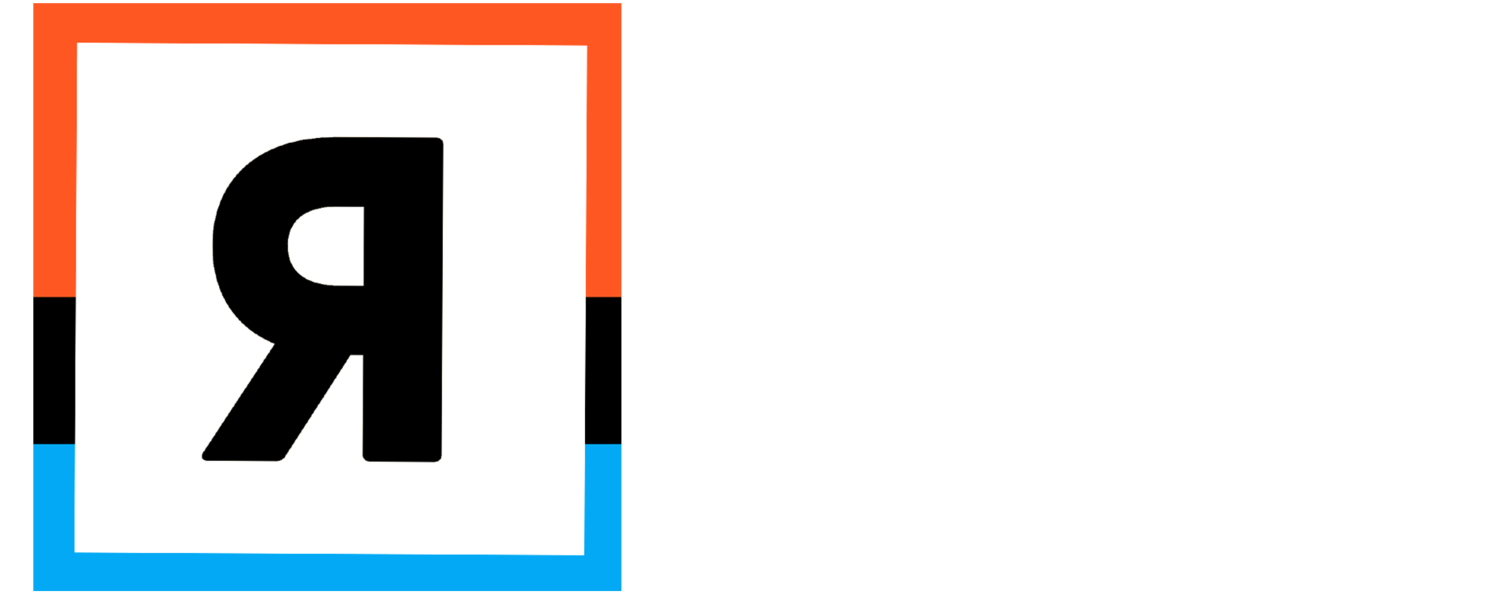










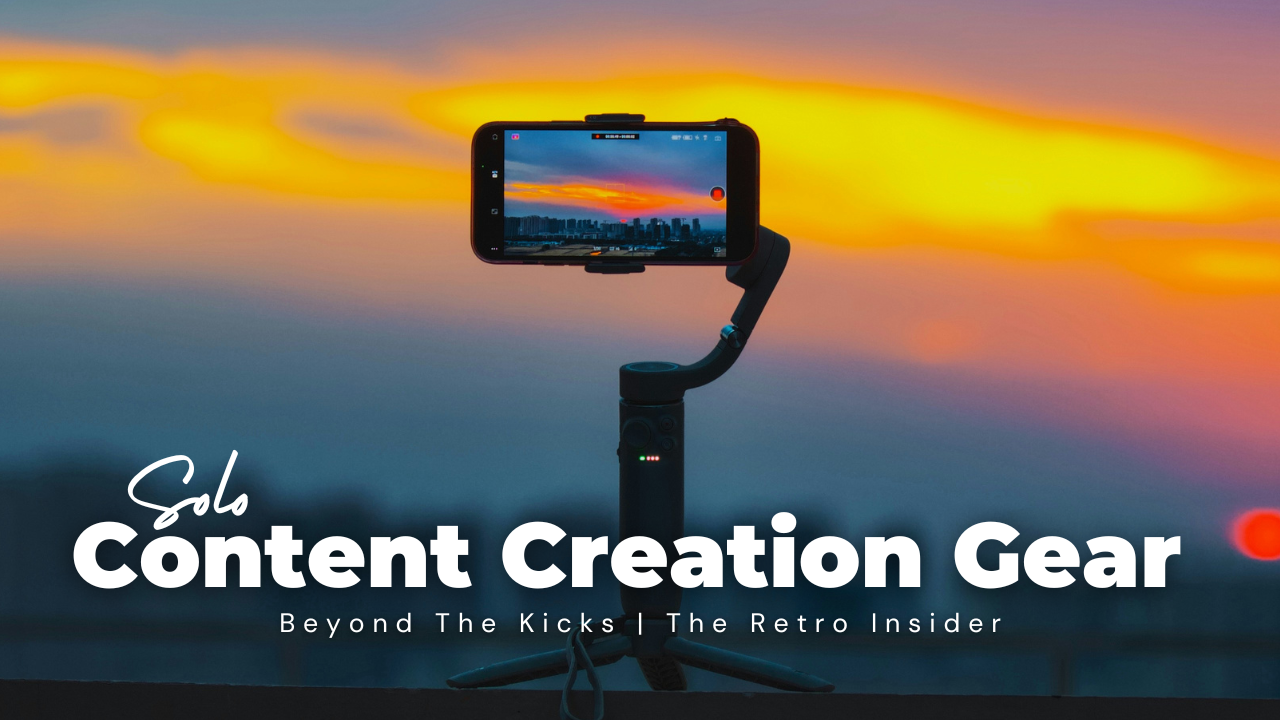
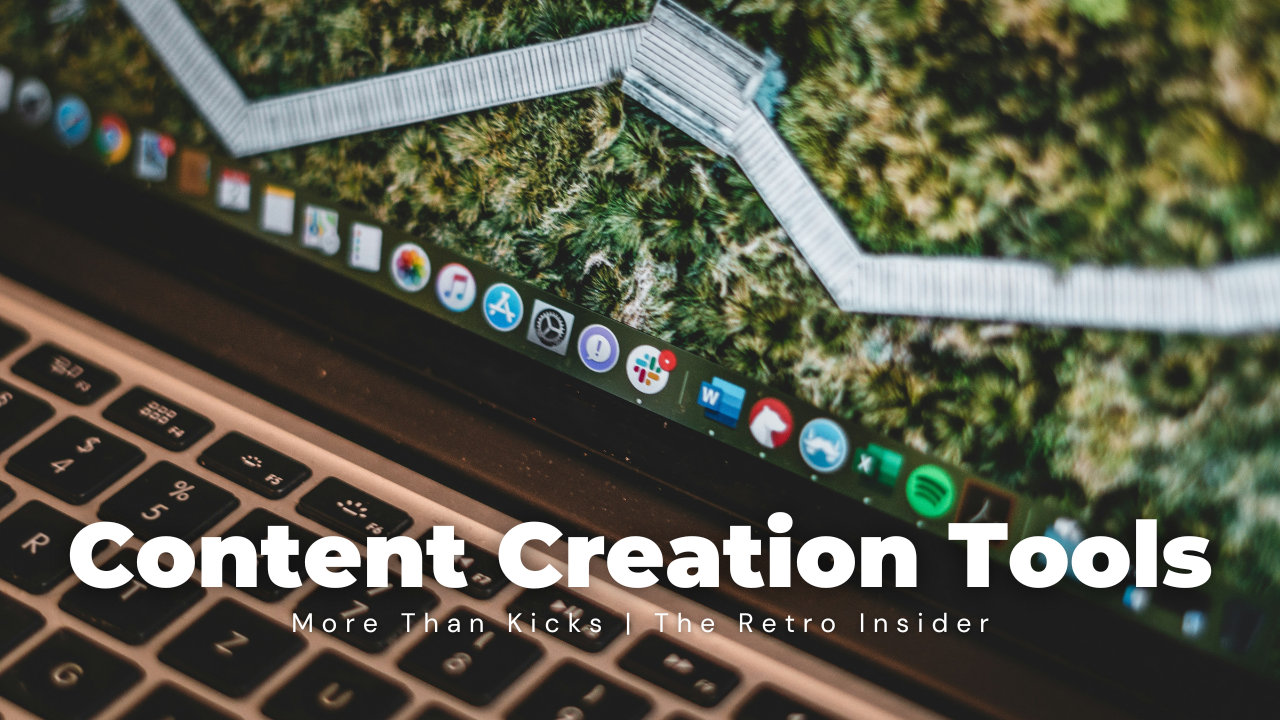
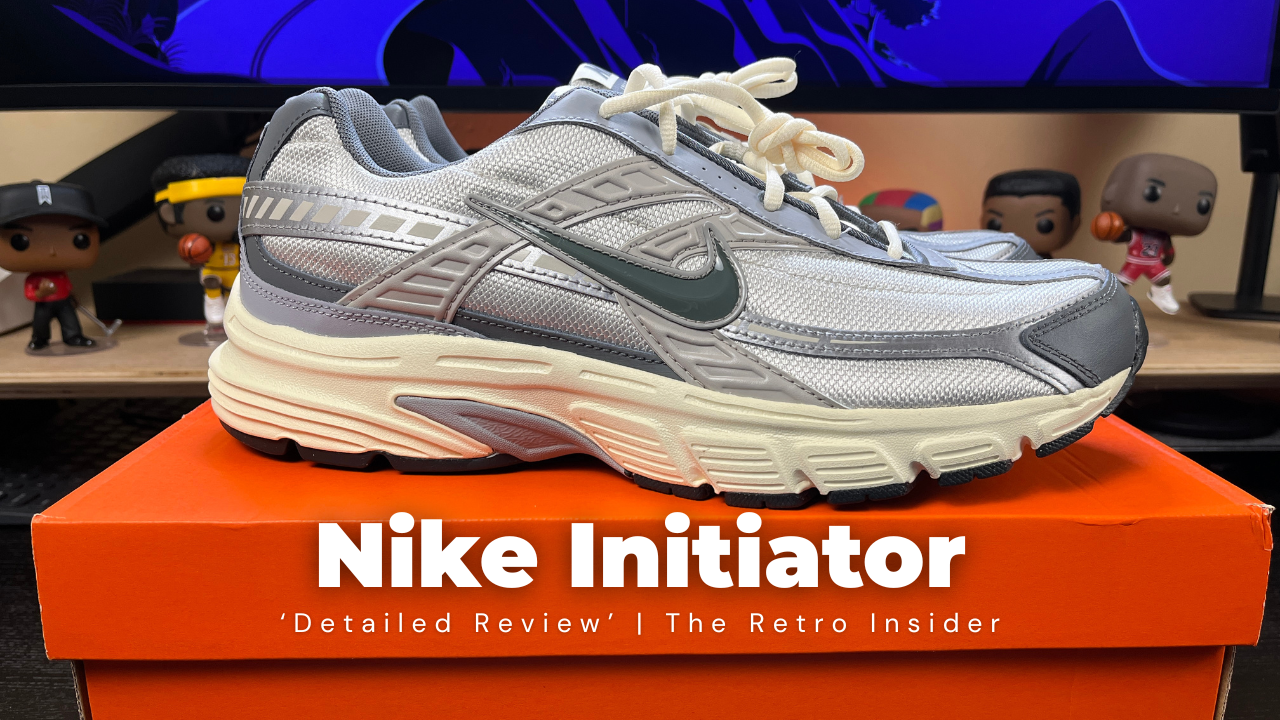
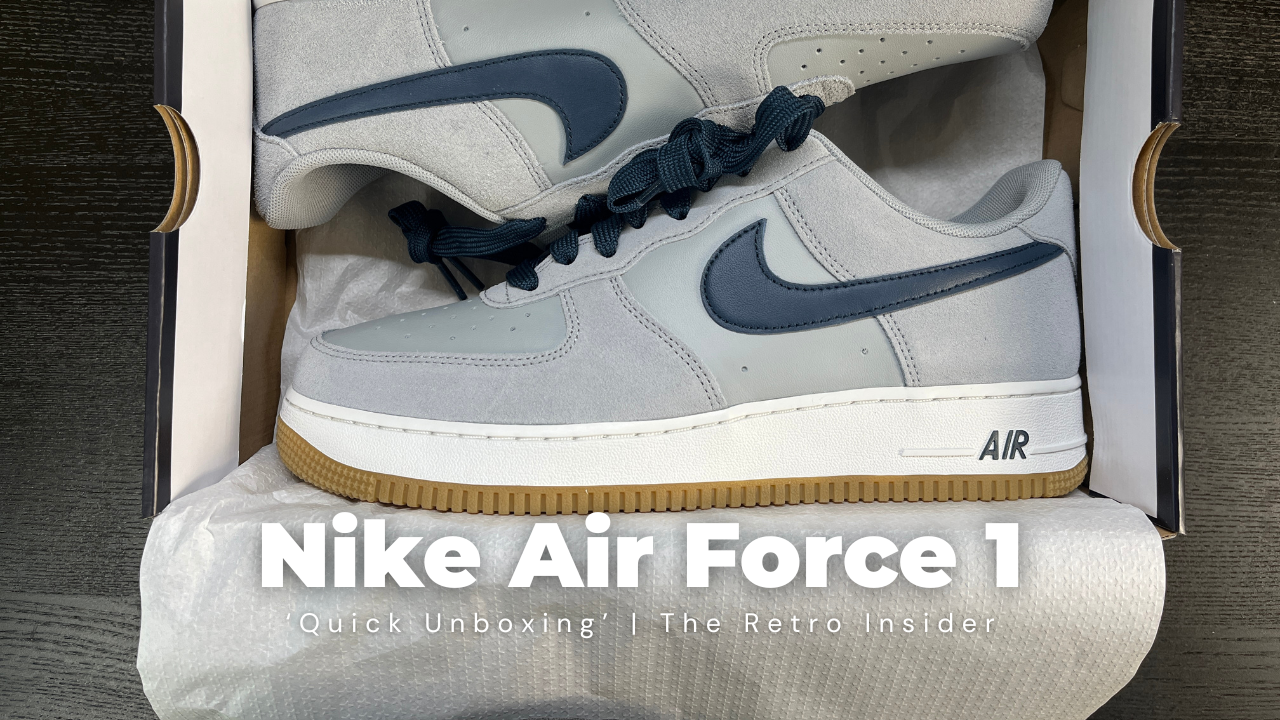
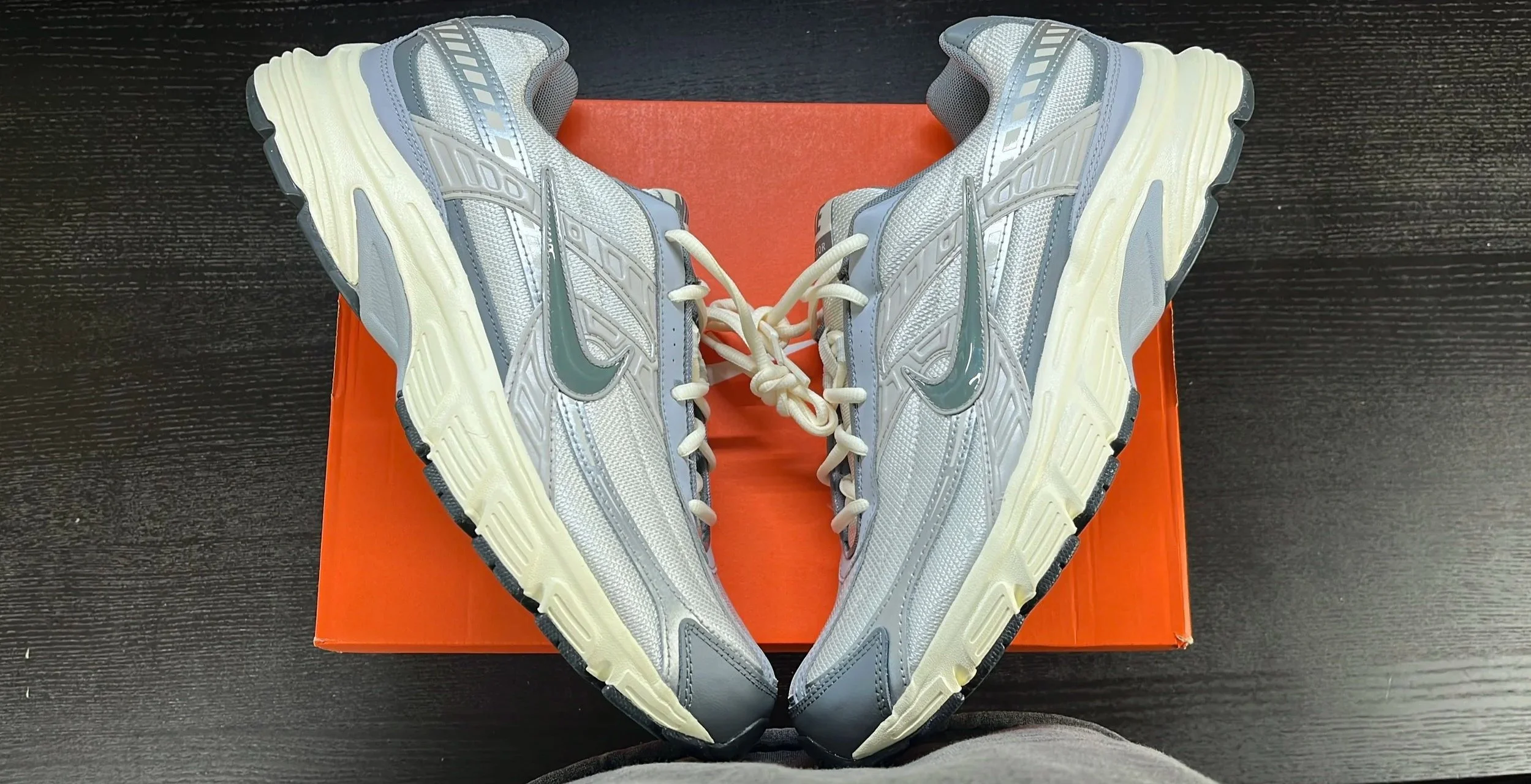


this edition of Beyond The Kicks, I reflect on how my personal success is rooted in structure — and how that structure begins with intentional stillness through thought, prayer, and meditation. Real growth starts when the noise fades and clarity steps in.